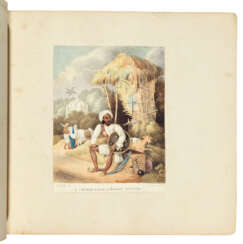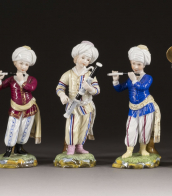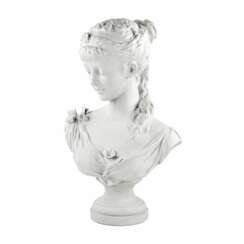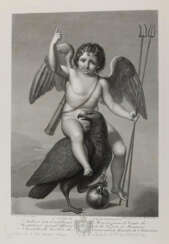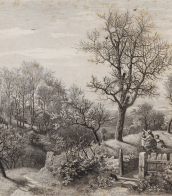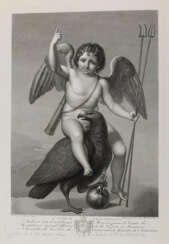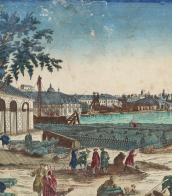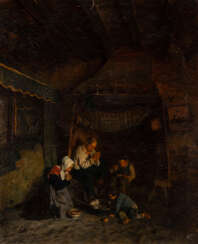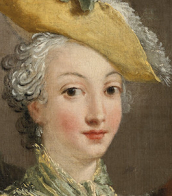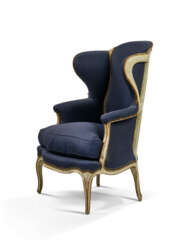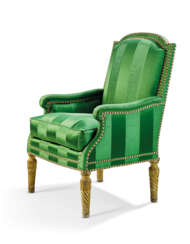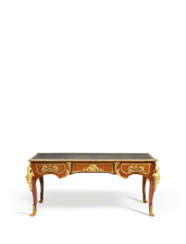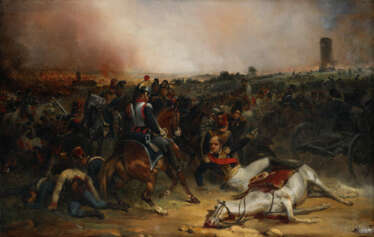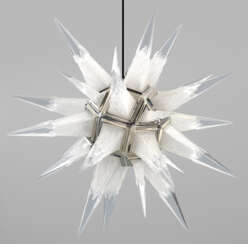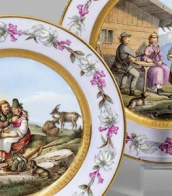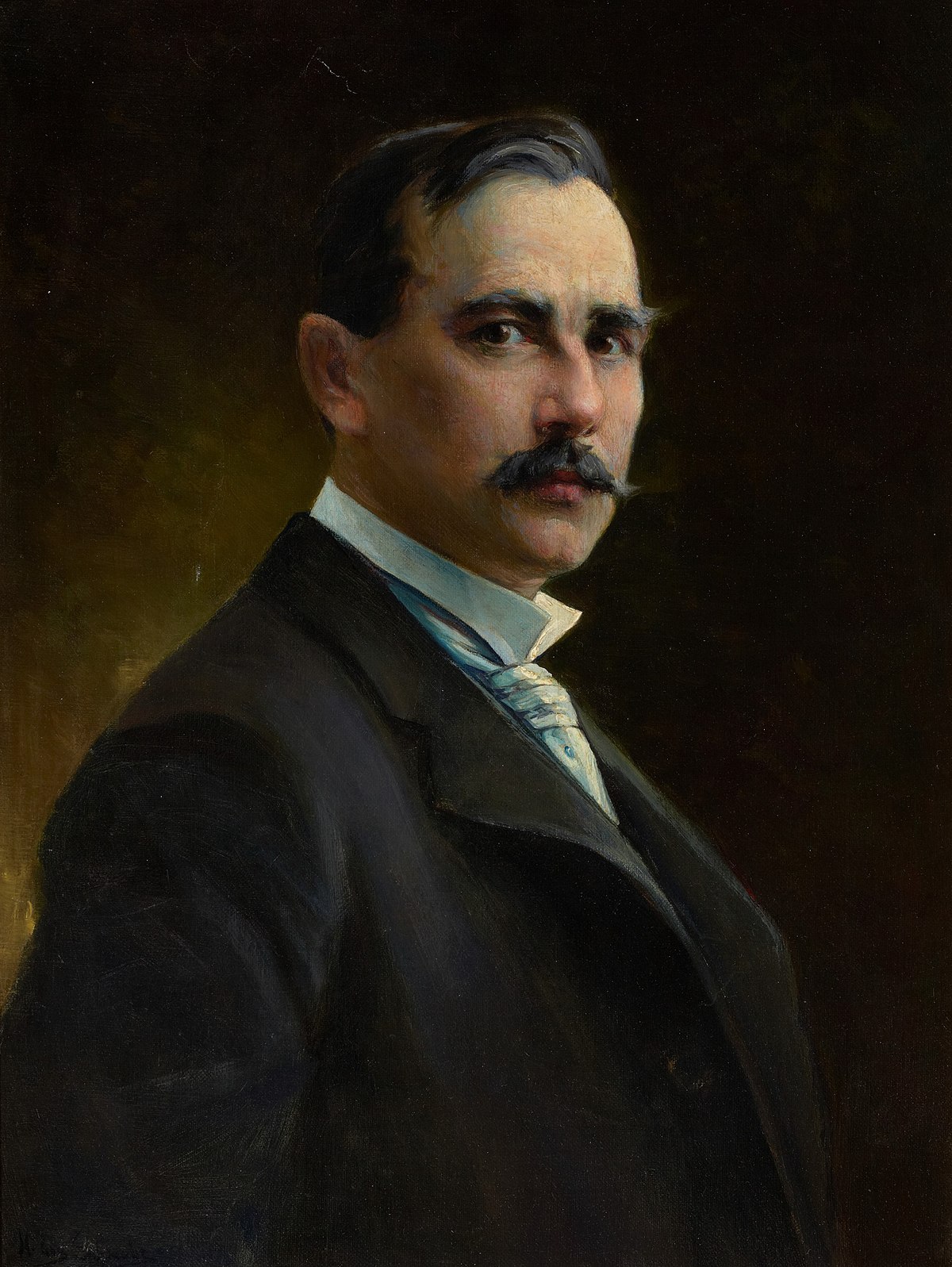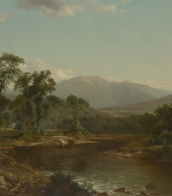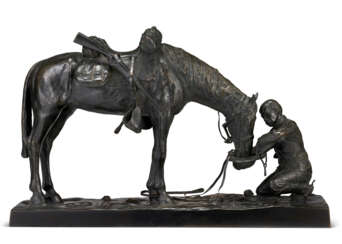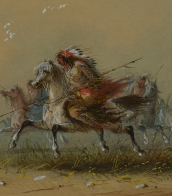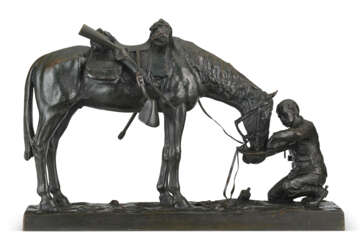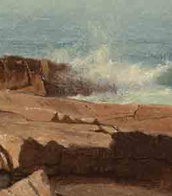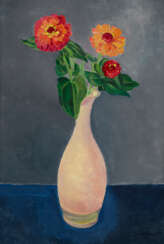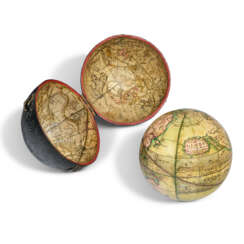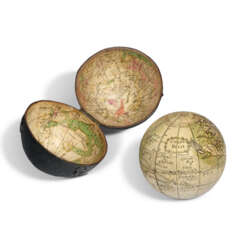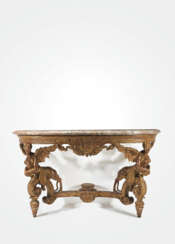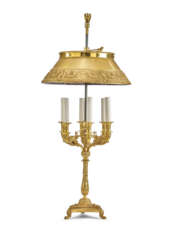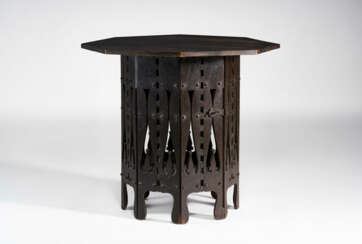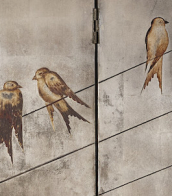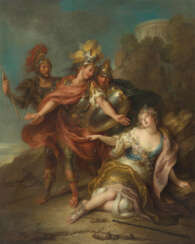charles d&
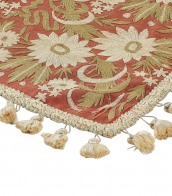

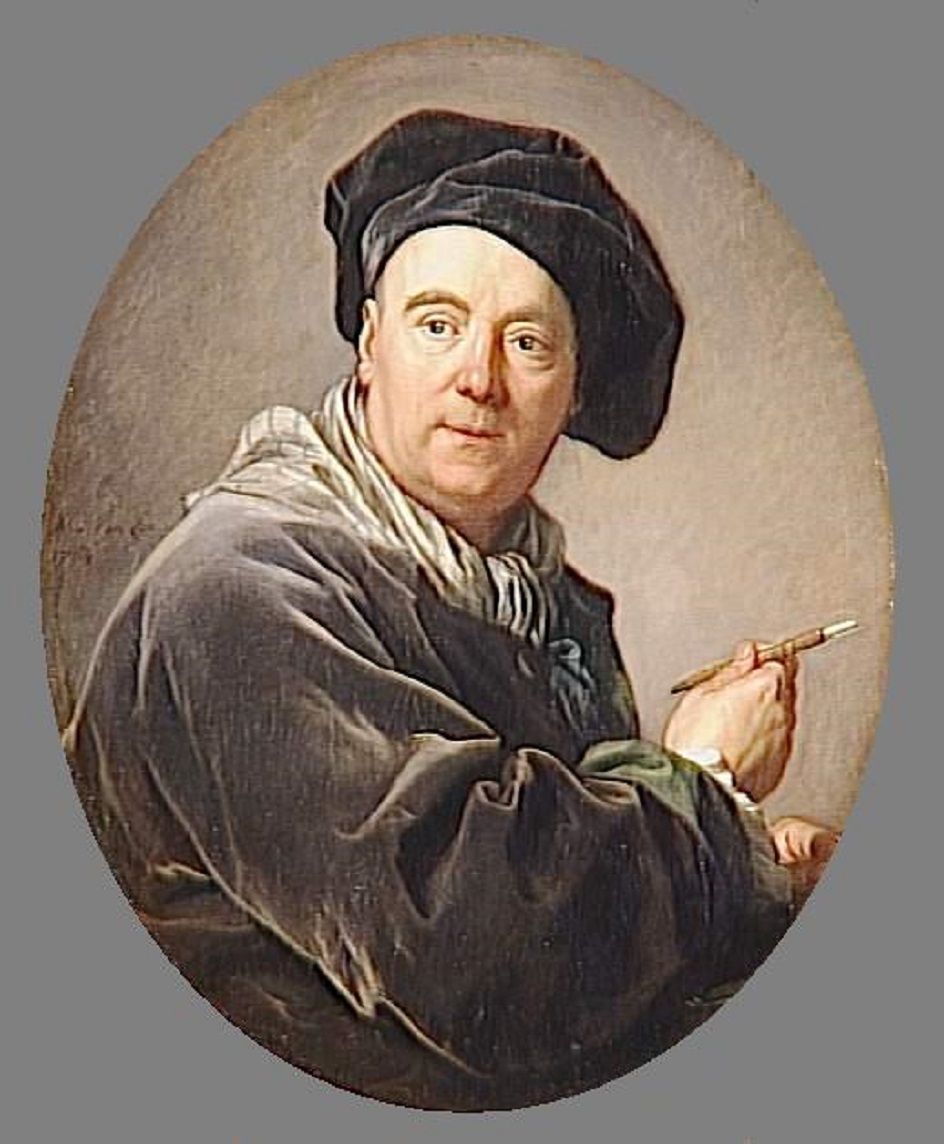
Charles-André Van Loo, a celebrated French painter, remains an iconic figure in the world of art and culture. Born in 1705 in Nice, then part of the Duchy of Savoy, Van Loo's journey in art began under the tutelage of Benedetto Luti and Pierre Le Gros in Rome. His skills were honed further at the Académie Royale in Paris, where he achieved first prize for drawing in 1723 and for historical painting in 1727. This early success, crowned with the prestigious Prix de Rome, marked the onset of a flourishing career.
Charles-André Van Loo's work, characterized by simplicity of style and correctness of design, was greatly influenced by the great Italian masters. This influence played a significant role in refining the modern French school of painting. His oeuvre encompassed various genres, including religion, history, mythology, and portraiture, showcasing his versatility. He gained the patronage of the French court, notably Madame de Pompadour, and was honored with the Order of Saint Michael. In 1762, his exceptional talent led to his appointment as the First Painter to King Louis XV of France.
Among his notable works, "The Marriage of the Virgin" finds a prestigious place in the Louvre, Paris. His paintings are also displayed in other renowned institutions, such as the Legion of Honor in San Francisco, which houses his works from 1752-1753, including "Painting," "Architecture," "Sculpture," and "Music." Additionally, his portraits of European royalty and prominent figures, like Empress Elizabeth Petrovna and Madame de Pompadour, further cemented his legacy.
Despite his success, Charles-André Van Loo's critical reception has varied over the centuries. While his ability and the quality of his work are still admired, the excessive praise once bestowed upon his creations is now deemed disproportionate. Nonetheless, his contributions to the art world are undeniable.
For collectors and experts in art and antiques, Van Loo's work offers a window into the elegance and sophistication of 18th-century Rococo art. His paintings not only depict the artistic preferences of his era but also provide insights into the cultural and social milieu of the French court.
To stay updated on new product sales and auction events related to Charles-André Van Loo, sign up for our updates. This subscription is your gateway to the world of this illustrious artist, ensuring you never miss an opportunity to explore and acquire pieces linked to his legacy.
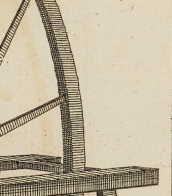
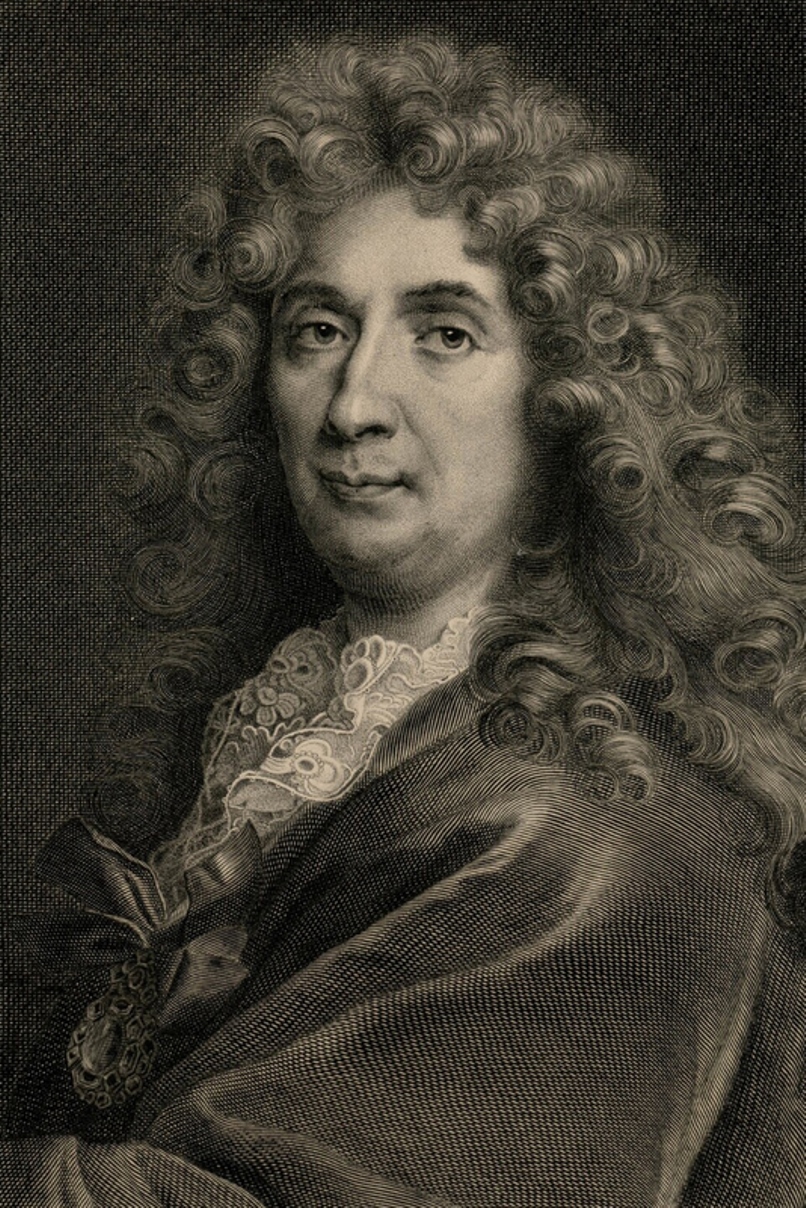
Charles Le Brun was a French painter, draftsman and chief decorator of the Palace of Versailles.
Charles came from an educated and respected family, trained in painting in Italy and very soon his talents were appreciated in the highest circles of France. In 1660 Le Brun painted "The Family of Darius before Alexander", which brought him the reputation of a brilliant French painter, and in 1664 he received the position of the first painter of the king. Thereafter he received more and more commissions and more honors.
From 1662 Le Brun controlled all the artistic projects of the royal court. In the Palace of Versailles, Lebrun created beautiful decorations: the Ambassadors' Staircase, the Hall of Mirrors, the Peace Room and the War Room. In each of his designs, he emphasized the king's achievements. He was also responsible for the decoration of the State Apartments, which was entrusted to the greatest artists of the time, who worked from his drawings. Le Brun also designed most of the statues in the park at Versailles. This enormous work cemented his reputation as a true seventeenth-century genius, as well as one of the founders, ideologues, and chief representatives of the classicist "grand style" of King Louis XIV's era.
In 1648 Le Brun became a founding member of the Royal Academy of Painting and Sculpture, and in 1663 - the manager of the Manufacture of tapestries.
Charles Le Brun was not only the creator of the "grand style", but also contributed to the rebirth of classicism into academism.
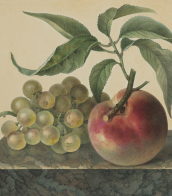
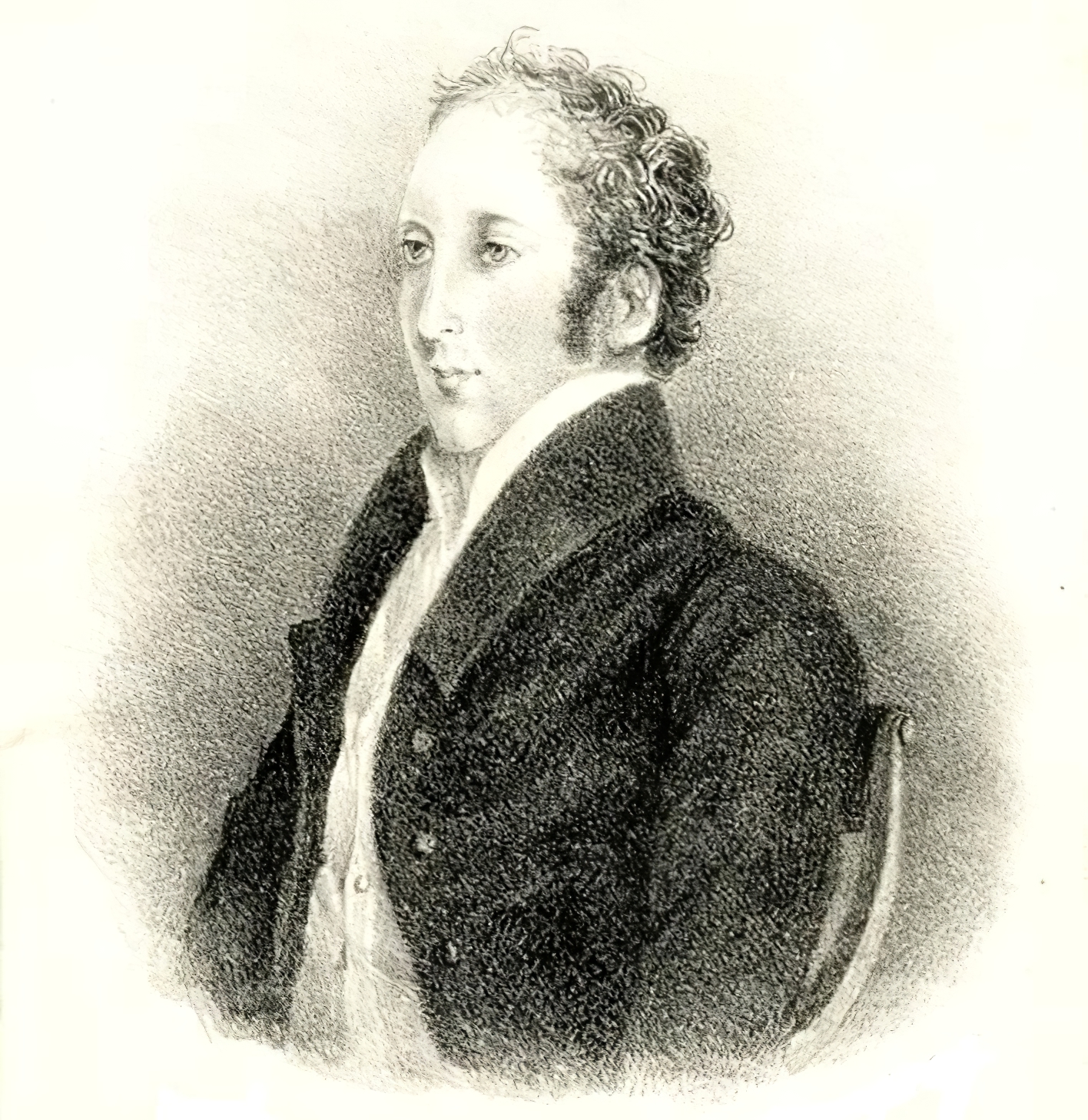
Charles D'Oyly was a British public official and painter from Dacca (now Dhaka). He was a member of the Bengal Civil Service based in Calcutta, Dacca and Patna from 1797 to 1838. Although he held senior positions with the East India Company's civil service, he is best known as an amateur artist who published many books featuring engravings and lithographs featuring Indian subject matter.
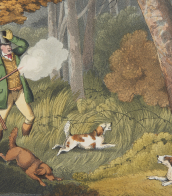
.jpg)
Charles Fortin was a French painter, son of the sculptor Augustin Felix Fortin.
Charles Fortin studied painting with Joseph Beaume and Camille Rocplan. From 1835 to 1865 he exhibited regularly at the Paris Salon. He was awarded the Knight's Cross of the Legion of Honour.
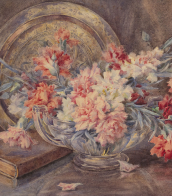
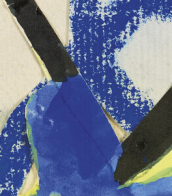
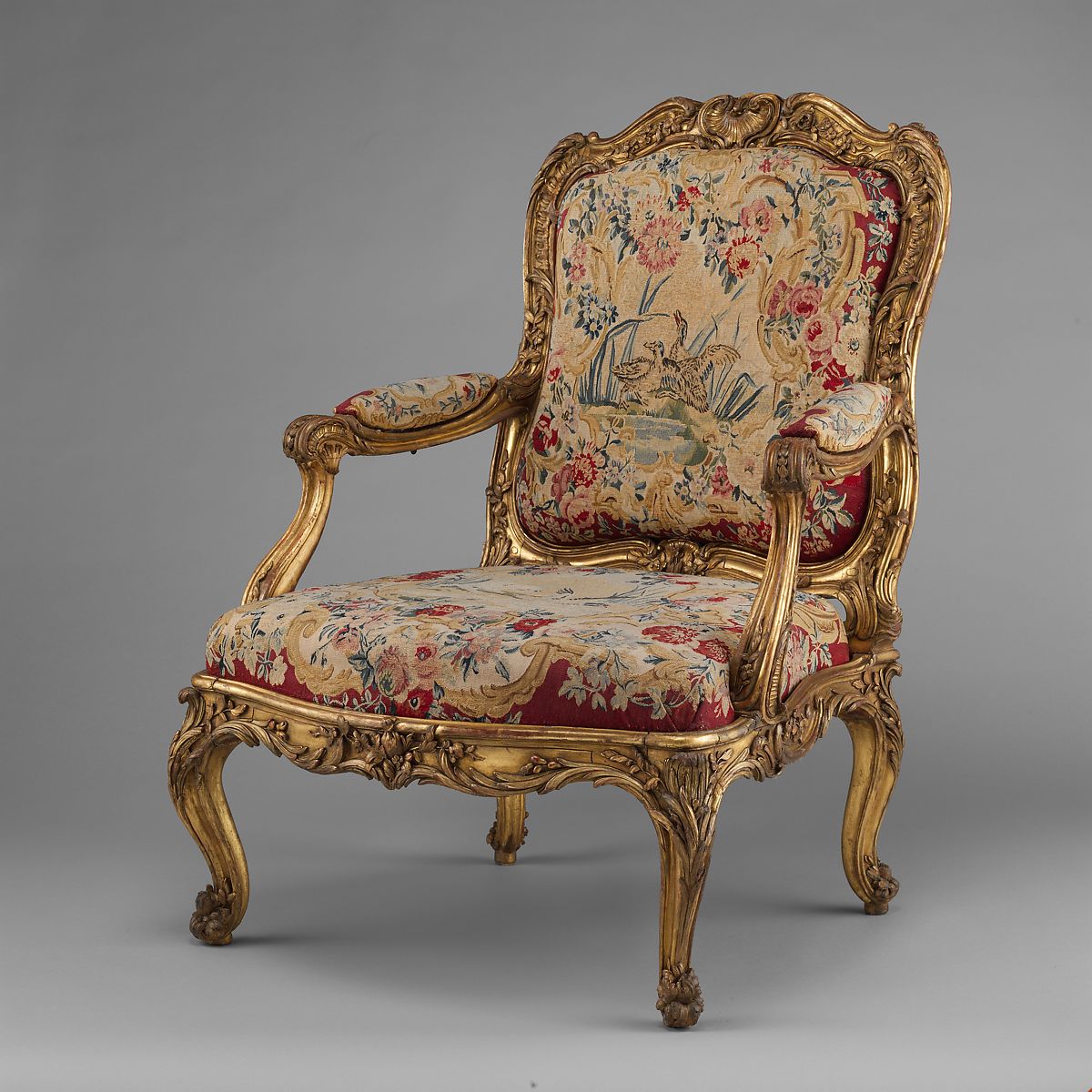
Nicolas-Quinibert Foliot was an 18th century French cabinetmaker. He was the supplier of furniture for the castles of Versailles, Fontainebleau and Compiègne.
All of his works are distinguished by luxury. The lines are balanced and elegant, the carvings are numerous and executed subtly and tastefully.


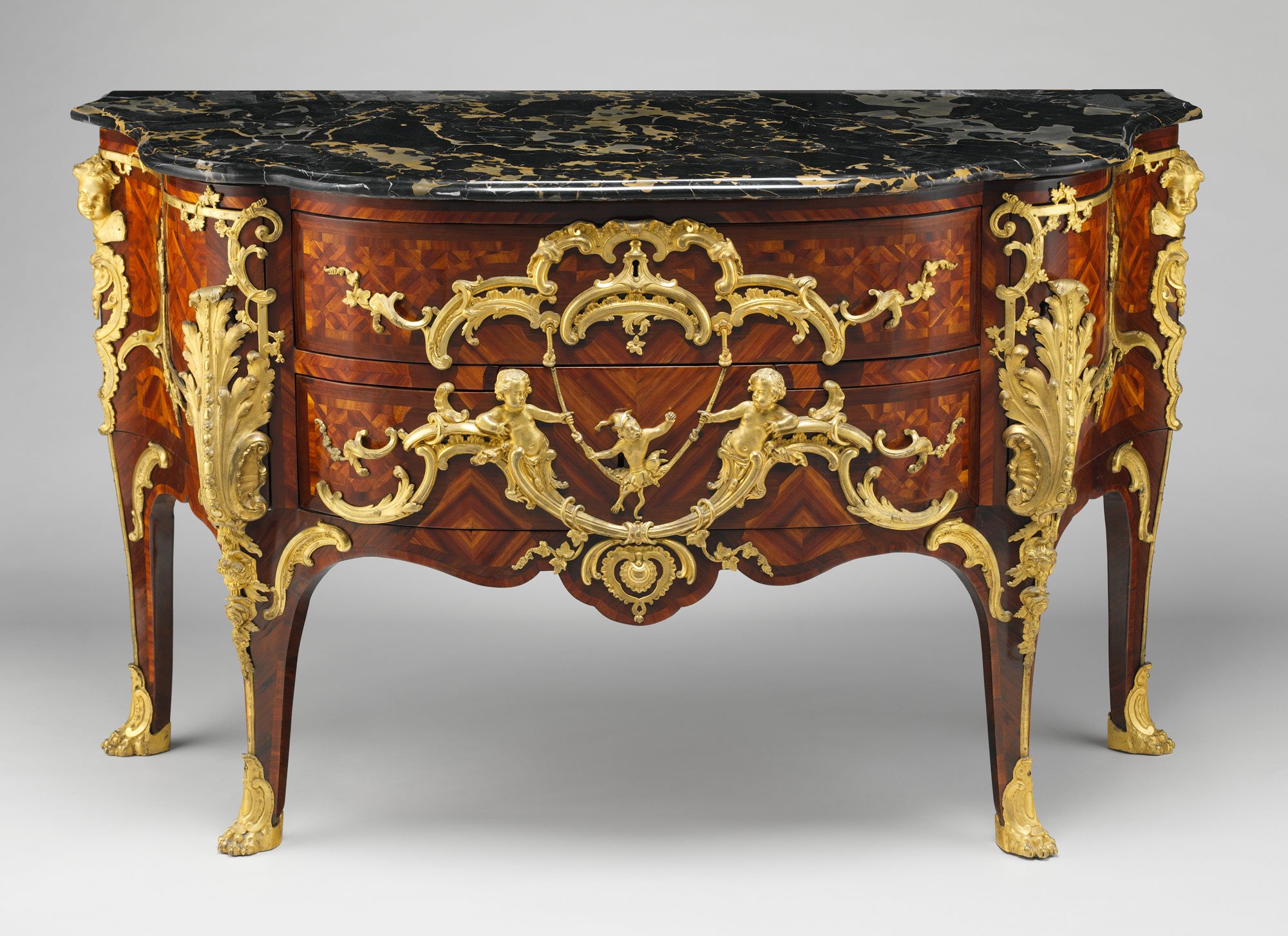
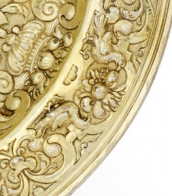
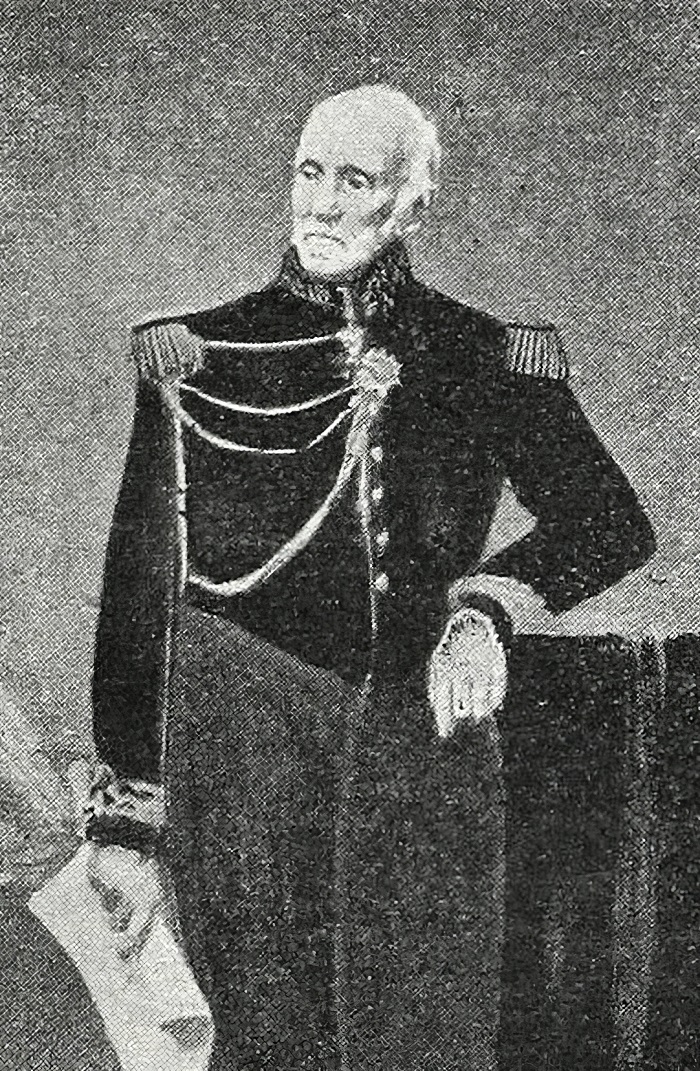
Jean-Charles Langlois, known as The Colonel, was a French soldier and painter.
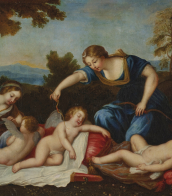
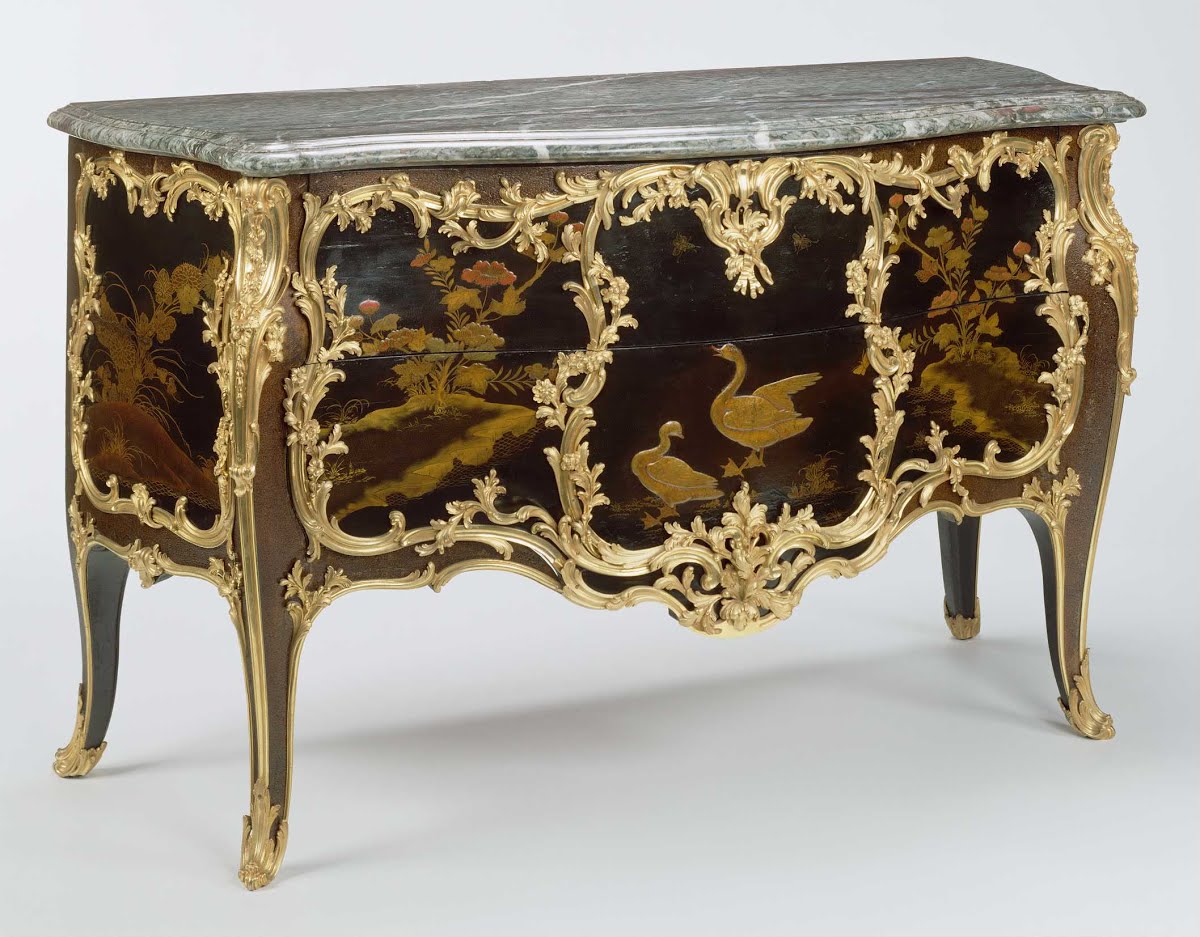
Josef Baumhauer is a French cabinetmaker (ébéniste) of German origin.
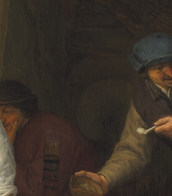
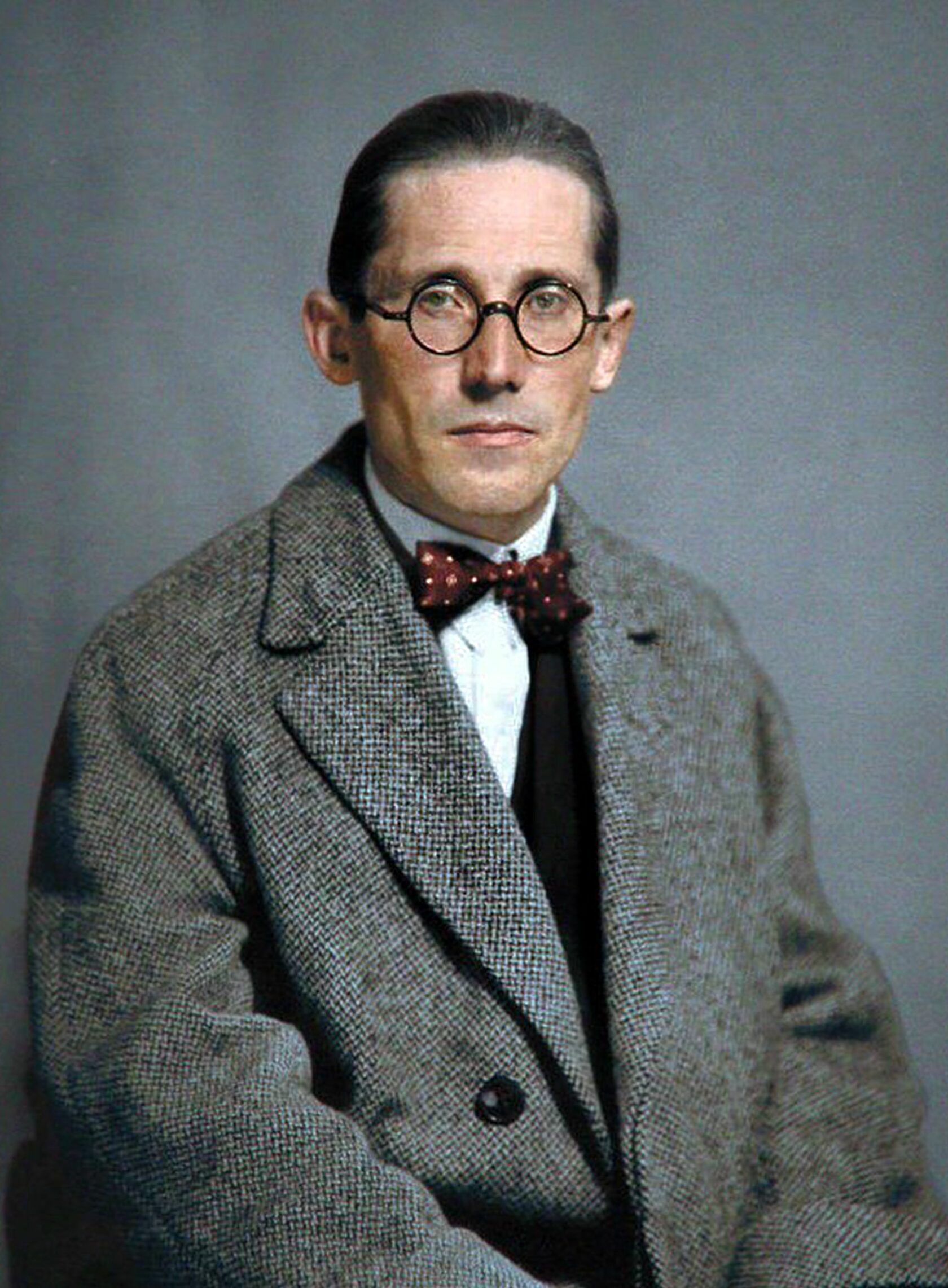
Le Corbusier, born Charles-Édouard Jeanneret in Switzerland, was a visionary French architect, designer, and writer who profoundly influenced modern architecture and urban planning. His innovative ideas blended functionalism with bold sculptural expressionism, embodying the essence of the International Style of architecture. Notably, Le Corbusier's designs, such as the Villa Savoye and the master plan for Chandigarh, India, are celebrated for their revolutionary approaches to living spaces and urban environments.
Le Corbusier's early life in La Chaux-de-Fonds, Switzerland, where he was immersed in the art and craft of watchmaking, significantly shaped his design principles. His architectural journey began without formal training, starting with his education in decorative arts and leading to significant collaborations across Europe. Le Corbusier's philosophy was deeply rooted in the belief that architecture should improve living conditions, particularly in crowded cities. This belief drove his contributions to the Congrès International d'Architecture Moderne and his development of influential architectural principles, such as the Five Points of Architecture, which are exemplified in Villa Savoye.
Villa Savoye, located in Poissy, France, stands as a testament to Le Corbusier's innovative approach, featuring pilotis (reinforced concrete stilts), a functional roof garden, an open floor plan, horizontal windows, and a free façade design. These elements collectively embody his vision of a "machine for living," integrating the house with its environment and the modern lifestyle. Despite facing issues with structural durability and weather resistance, Villa Savoye remains a pivotal work in architectural history, symbolizing the transition to modern architectural thought.
Le Corbusier's legacy is multifaceted, extending beyond architecture to furniture design and painting, showcasing his broad artistic talents. His work continues to inspire and provoke discussion, reflecting both his groundbreaking contributions to modern architecture and the complexities of his ideologies and methodologies.
If you are inspired by Le Corbusier's visionary approach to architecture and design, and wish to stay informed about related updates, consider signing up for our newsletter. This subscription will keep you in the loop about new product launches, sales, and auction events that are directly related to Le Corbusier's enduring legacy. Dive deeper into the world of architecture and design, and ensure you don't miss out on opportunities to engage with Le Corbusier's influential work. Sign up now to connect with the past, present, and future of architectural excellence.
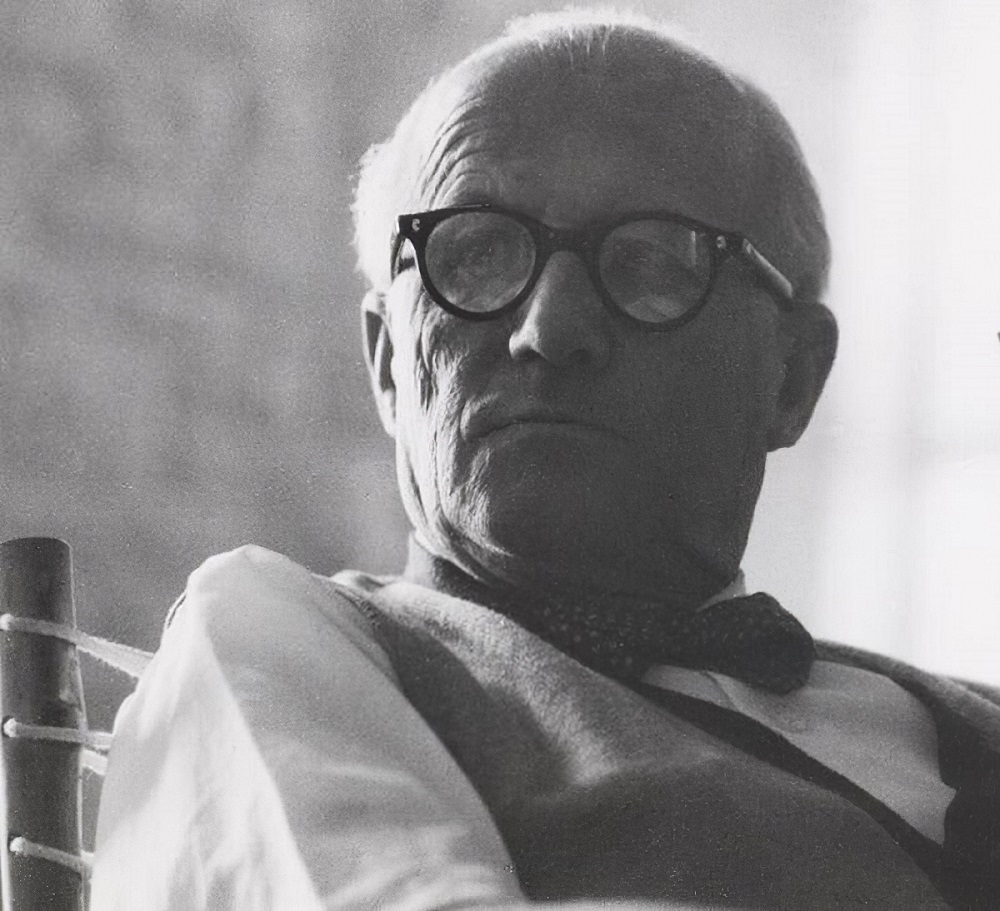
Pierre Jeanneret was a Swiss architect who collaborated with his cousin, Charles-Édouard Jeanneret (who assumed the pseudonym Le Corbusier), for about twenty years.
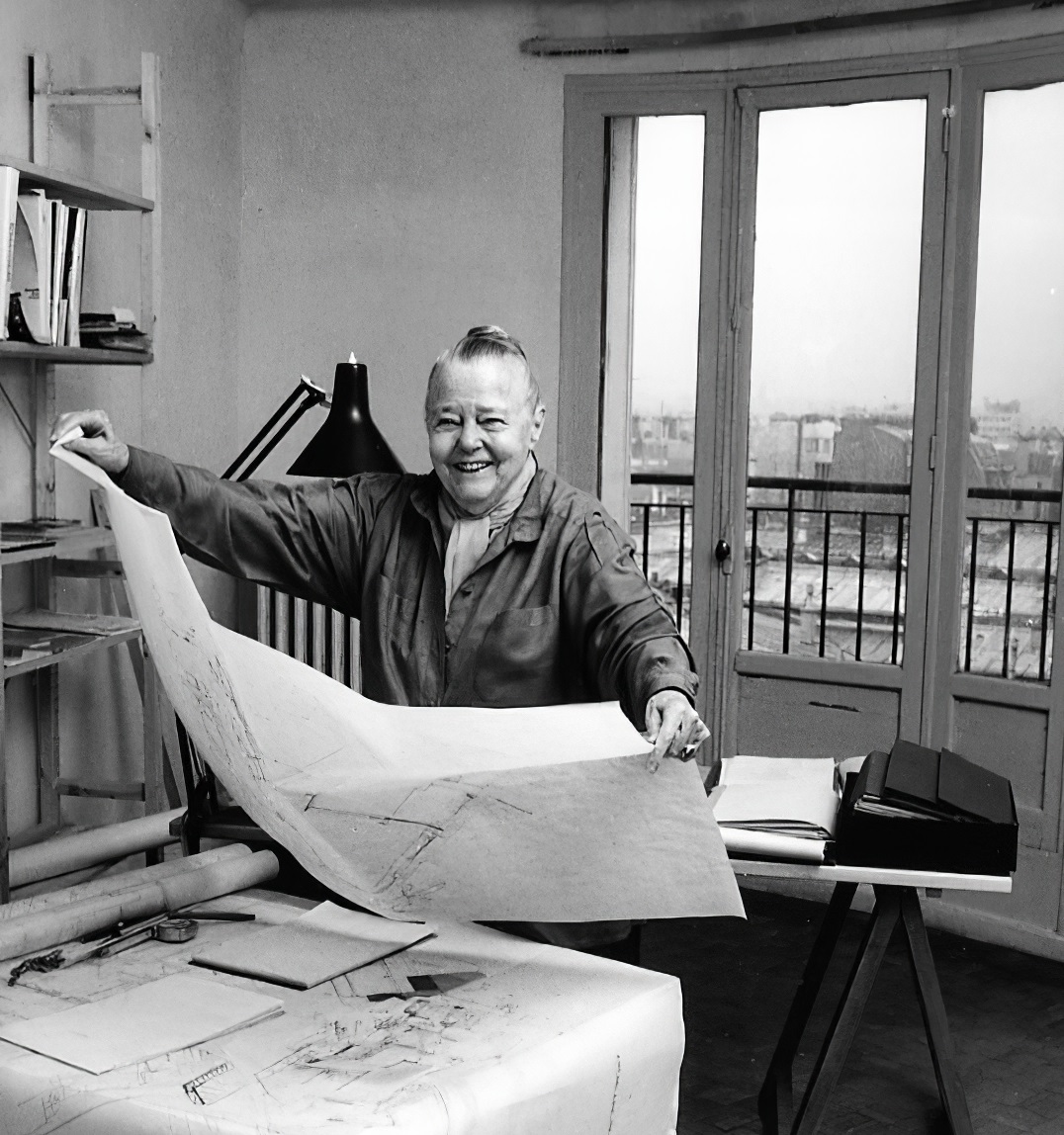
Charlotte Perriand was a French architect and designer. Her work aimed to create functional living spaces in the belief that better design helps in creating a better society. In her article "L'Art de Vivre" from 1981 she states "The extension of the art of dwelling is the art of living — living in harmony with man's deepest drives and with his adopted or fabricated environment." Charlotte liked to take her time in a space before starting the design process.
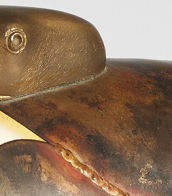
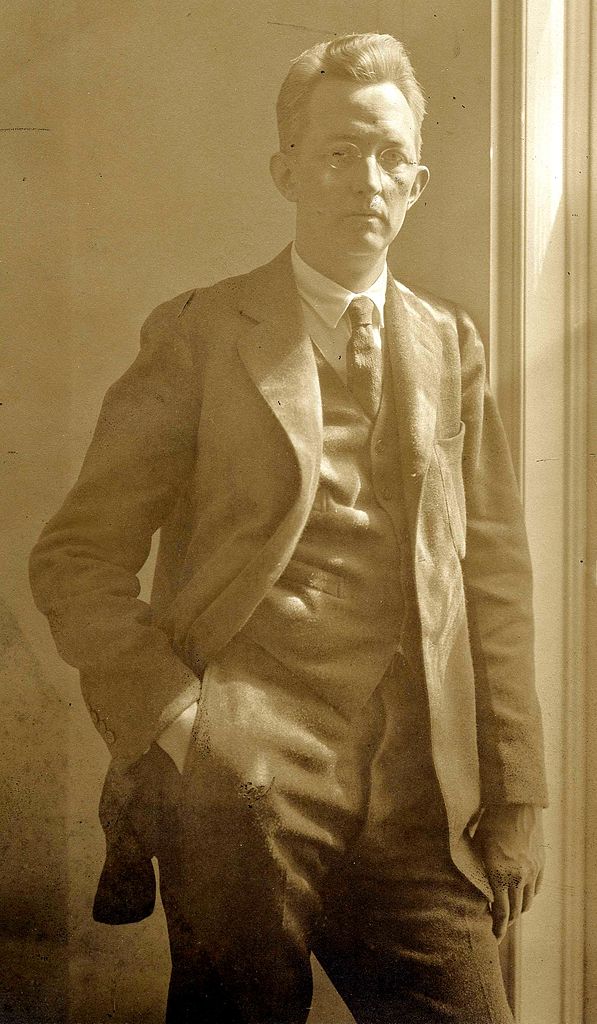
Charles Sheeler was an American realist painter, one of the greatest representatives of precursorism and American art photography of the twentieth century. He was educated at the Pennsylvania Academy of Fine Arts, after which he worked as a professional photographer. Later he began to create artistic works, the basis of which were made by his earlier photographs. The theme of his work is the beauty of modern production, the age of machines and mechanisms, and the industrial landscape.
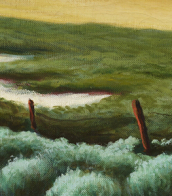
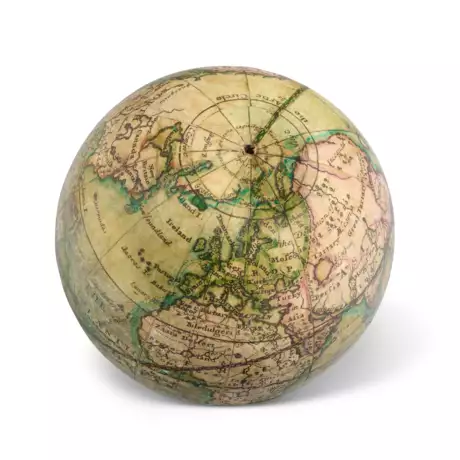
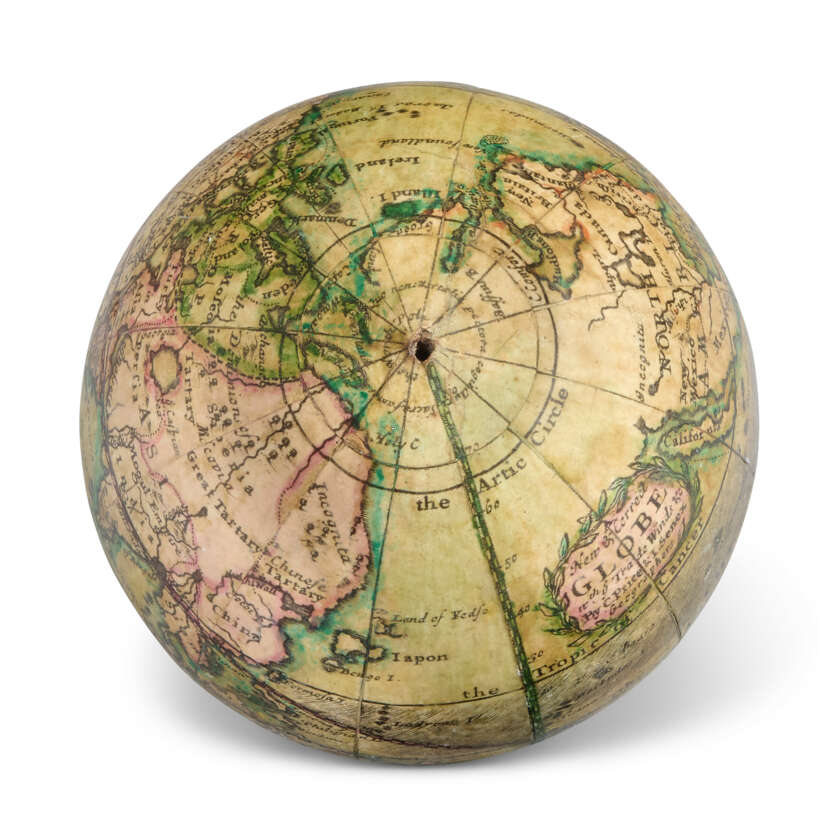
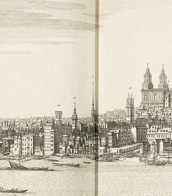
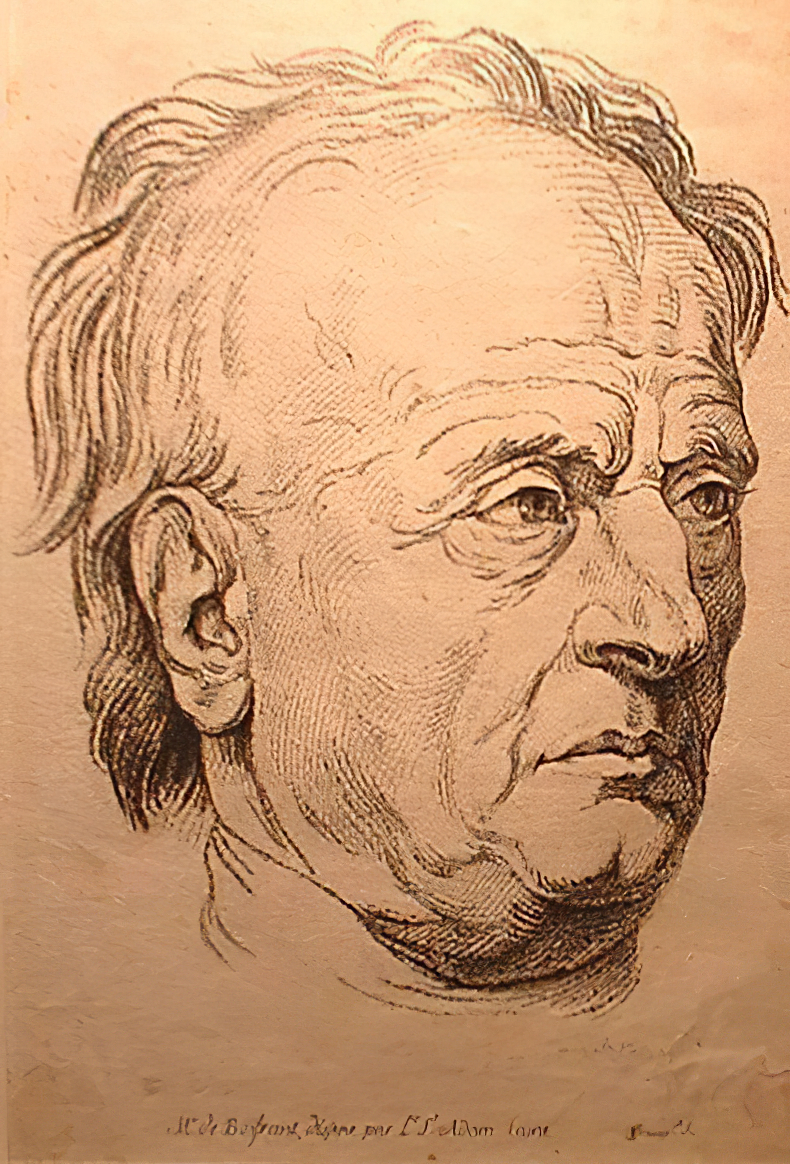
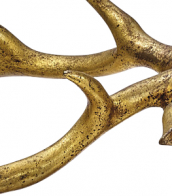
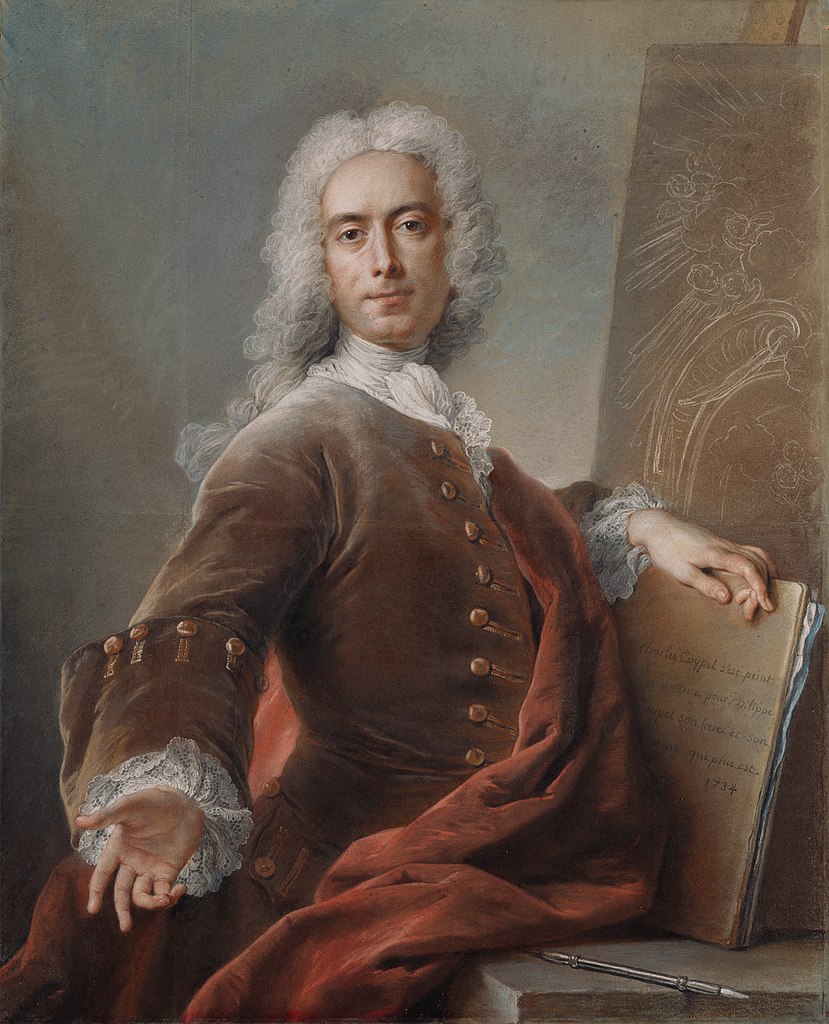
Charles-Antoine Coypel was a multifaceted French Rococo artist, known for his contributions as a painter, designer, playwright, and art critic. Born into a family with a significant artistic legacy, Coypel rose to prominence in the French court, eventually serving as the court painter and the director of the Académie Royale. His work, which often blended dramatic narrative with intricate detail, played a pivotal role in the development of Rococo art in France, reflecting the opulent and expressive tendencies of the period.
Coypel's artistic output includes a range of subjects, from religious themes, as seen in his etching "The Virgin and Child," to theatrical history paintings that convey operatic passions and high drama. His ability to infuse his compositions with emotional depth and narrative complexity, alongside his mastery of the Rococo style's playful and ornamental characteristics, distinguishes his work within the era. Notably, Coypel was also involved in the design of tapestries for the Gobelins Manufactory, illustrating scenes from Miguel de Cervantes's "Don Quixote," which remained influential through the end of the 18th century.
His artworks, such as "The Virgin and Child," showcase not only his technical skill but also his sensitivity to composition and form, contributing to his reputation as one of the leading painters in the French court during the 18th century. Coypel's legacy is preserved in his paintings, etchings, and tapestry designs, which continue to be celebrated for their artistic and historical significance.
For collectors and experts in art and antiques, Charles-Antoine Coypel's work represents an essential connection to the Rococo period's rich cultural and aesthetic traditions. His contributions to French art history, particularly through his role at the Académie Royale and his influence on the development of Rococo style, make his work a valuable study for those interested in the dynamics of French art and culture during the 18th century.
To stay informed about updates related to Charles-Antoine Coypel, including new discoveries, sales, and auction events of his works, consider signing up for updates. This service will provide tailored notifications to enthusiasts and collectors eager to explore and acquire pieces by Coypel, ensuring they remain at the forefront of developments in the field of Rococo art.
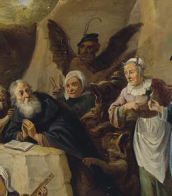
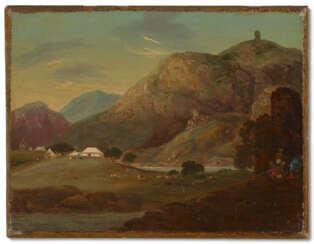

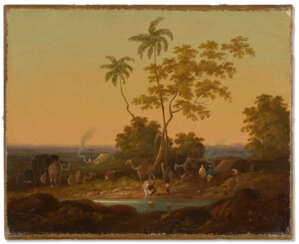

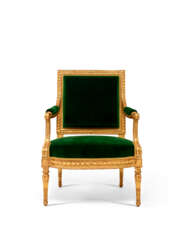


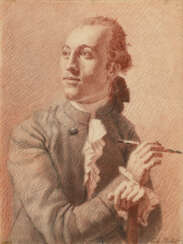

![[CHARLES LE BRUN (1619-1690)]](/assets/image/picture_2196355/b821a/4e1bc8ff80d6115249ebff990ca2e6fc1654678800jpg__fix_374_244.jpeg)
![[CHARLES LE BRUN (1619-1690)]](https://veryimportantlot.com/assets/image/picture_2196355/b821a/4e1bc8ff80d6115249ebff990ca2e6fc1654678800jpg__fix_374_244.jpeg)
